
Have you heard?
In the era of COVID-19, Caribbean coral reefs are facing an epidemic of their own: Stony Coral Tissue Loss Disease.
First discovered off the coast of Florida in 2014, this new lethal disease travels fast (up to 50 metres per day), and has already reached The Bahamas, killing thousands of corals in its wake. To determine the extent of its spread, PIMS visited many coral reefs off Grand Bahama and Abaco last week.
One site that stood out was the beautiful Sandy Point Reef off South Abaco, known for its underwater tunnel, and swirling schools of grunts surrounded by a gorgonian forest.
The best part?
“We saw no traces of Stony Coral Tissue Loss Disease,” said Dr. Craig Dahlgren, Executive Director of PIMS. “After seeing it on many reefs over the past few days, I was ecstatic.”
Indeed, the majority of reefs we visited off Grand Bahama were infected with the new tissue loss disease, and we observed record numbers of dead pillar coral and brain coral colonies.
“That’s why it was so nice to see healthy symmetrical brain corals, and also pillar corals at Sandy Point,” said Dr. Valeria Pizarro, PIMS’ Senior Scientist. “These have become really rare species on some coral reefs.”
Sadly, on reefs with high rates of infection, Stony Coral Tissue Loss Disease will likely cause local extinctions of these iconic Caribbean species.

How can you help?
1- Just like washing your hands, we can all do our part to stop the spread of Stony Coral Tissue Loss Disease. If you’re SCUBA diving in the Caribbean, remember to disinfect your gear after each dive to prevent the accidental transmission of this disease between reefs. Sodium percarbonate mixed with seawater works well for this. Your neoprene gear in particular – like wetsuits and booties – can harbor harmful bacteria and microorganisms for long periods of time.
2- If you see Stony Coral Tissue Loss Disease in The Bahamas, report it here.
3- Lastly, consider joining the Reef Rescue Network! We work with dive shops across the Caribbean to empower citizen scientists (like you!) to outplant Critically Endangered corals onto reefs, creating more diversity and fish habitat in the process.

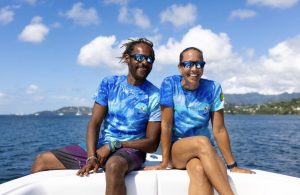
New Reef Rescue Sites Take Root in Barbados and Grenada
Barbados Blue and Eco Dive Grenada dive shop owners Andre Miller and Christine Finney (Credit: Eco Dive) Reef Rescue Network Expands to Barbados and Grenada The Perry Institute for Marine
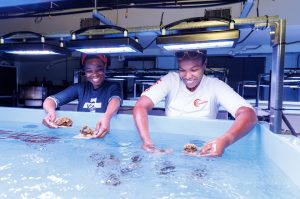
The Bahamas Just Opened a Coral Gene Bank—Here’s Why It Matters
The nation’s first coral gene bank will preserve, propagate and replant coral to reverse devastation from rising ocean temperatures and a rapidly spreading disease Video courtesy of Atlantis Paradise Island.

This Is What Conservation Leadership Looks Like
From Interns to Leaders: How PIMS is Powering the Next Generation of Ocean Advocates Taylor photographs coral microfragments in the ocean nursery, helping monitor their fusion into healthy, resilient colonies
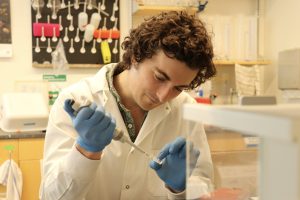
When Ocean Forests Turn Toxic
New study in Science connects chemical “turf wars” in Maine’s kelp forests to the struggles of Caribbean coral reefs — and points to what we can do next Lead author,
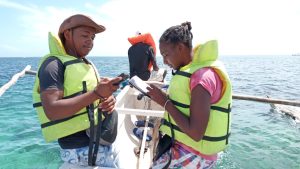
Who’s Really in Charge? Unpacking the Power Struggles Behind Madagascar’s Marine Protected Areas
Researchers head out to monitor Marine Protected Area boundaries—where science meets the sea, and local stewardship takes the lead. The Illusion of Protection From dazzling coral reefs to centuries-old traditions,
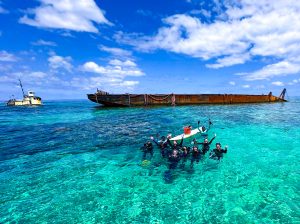
PIMS and Volunteers Step Up as Legal Battle Leaves Barge Grinding Reef in Fowl Cays National Park
Worn out but undefeated, the cleanup crew rallies around their paddleboard “workbench” in front of the stranded tug and barge—a snapshot of community grit after hours of underwater heavy‑lifting. Photo




